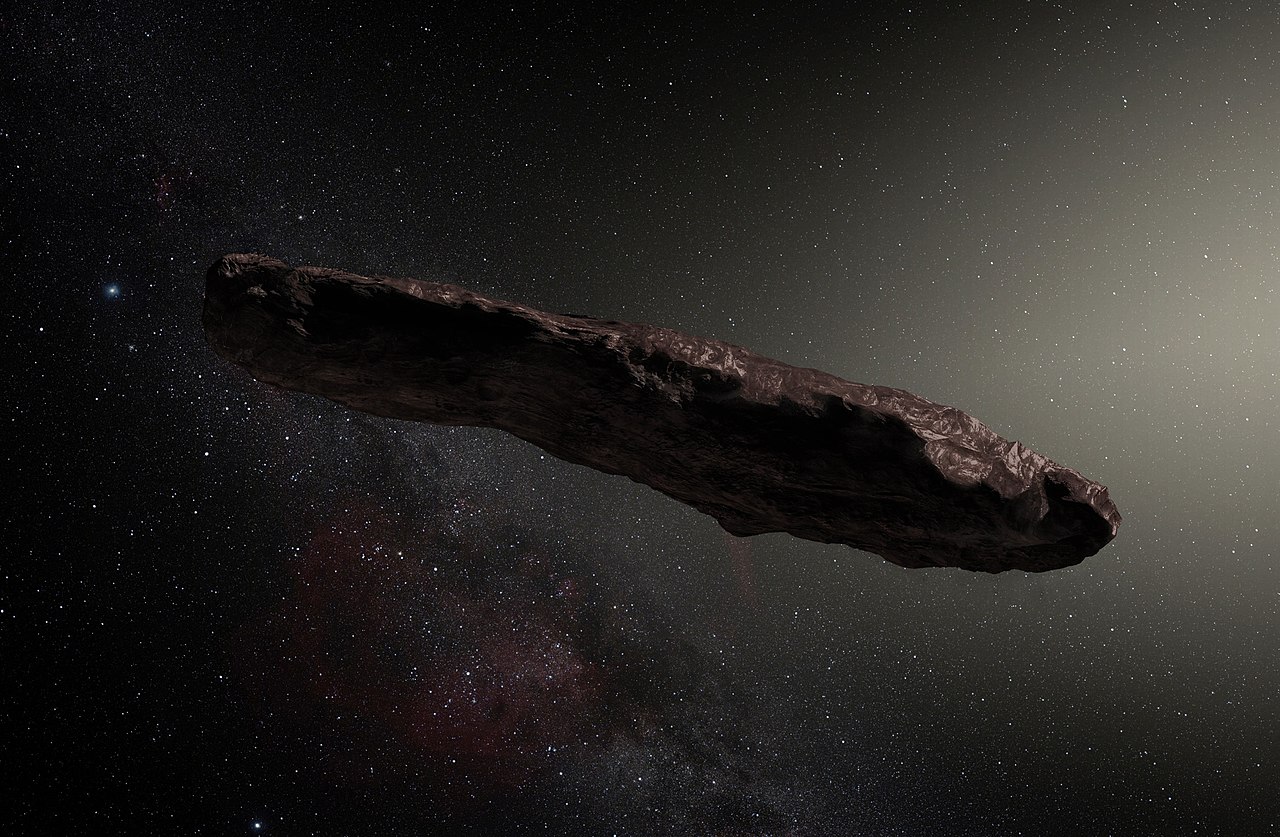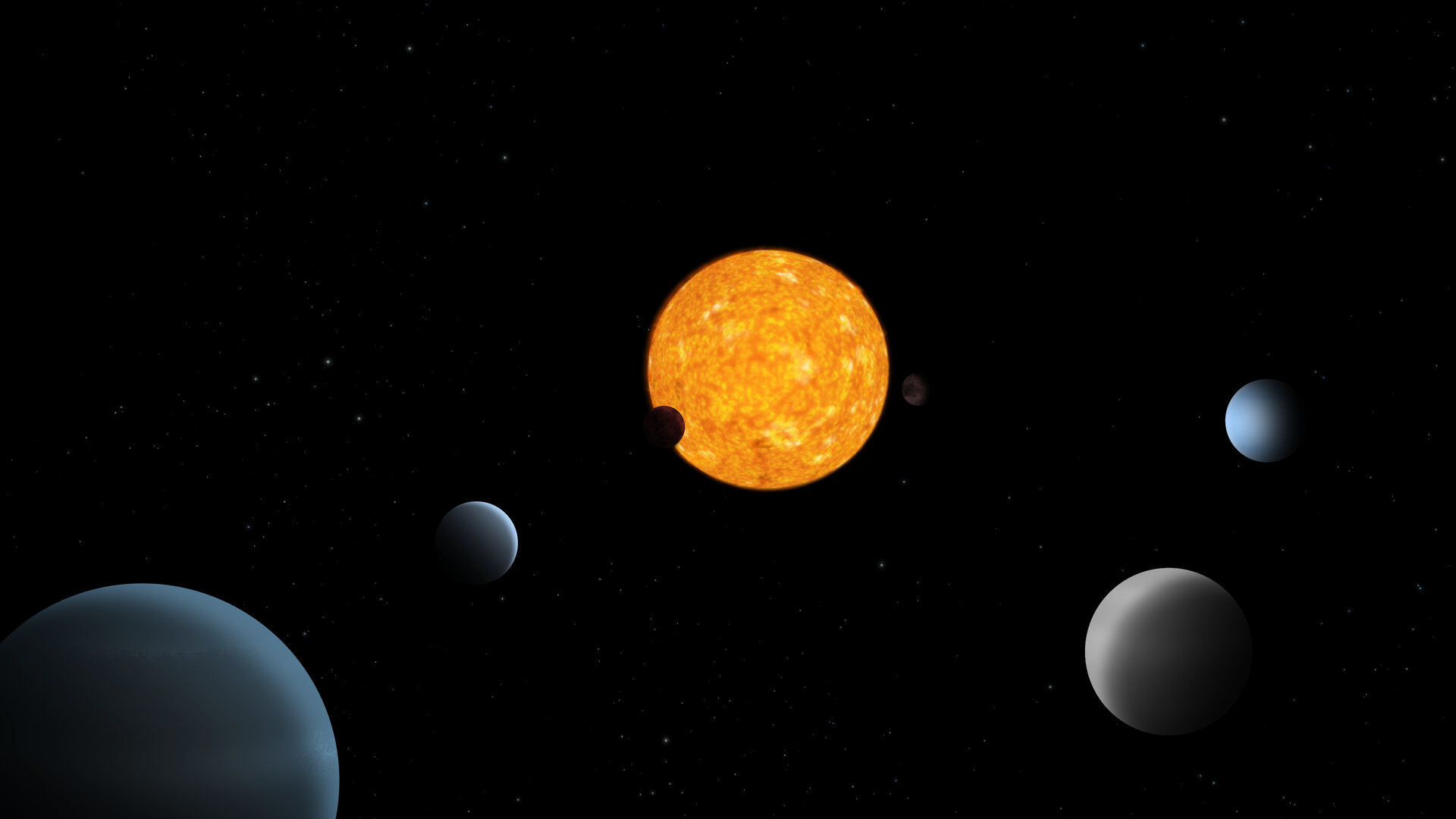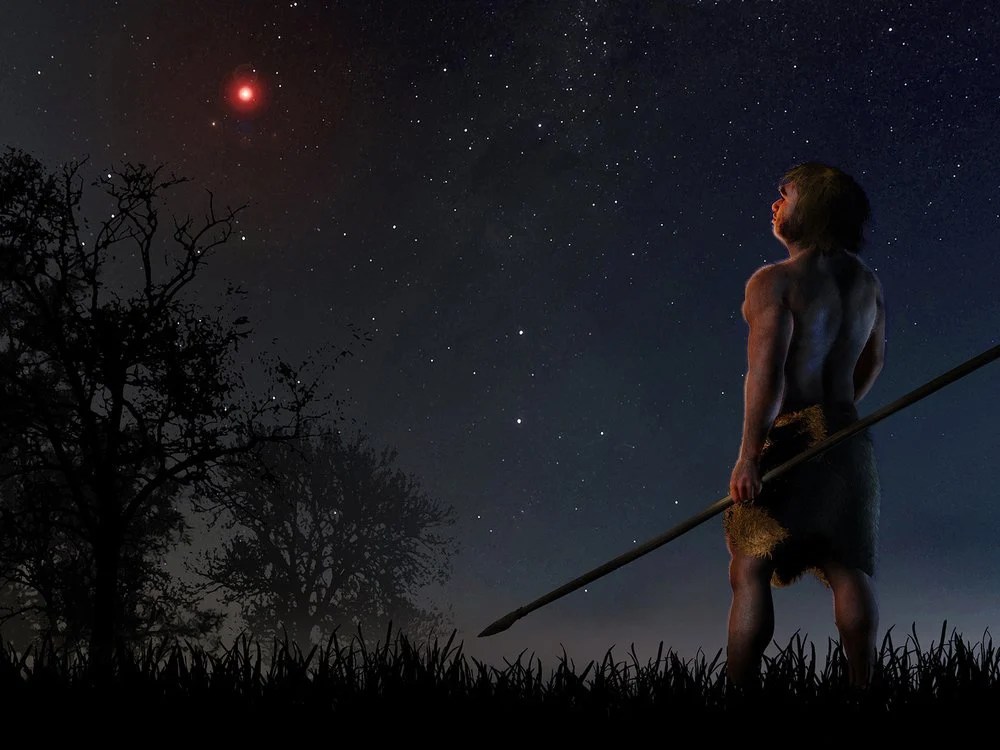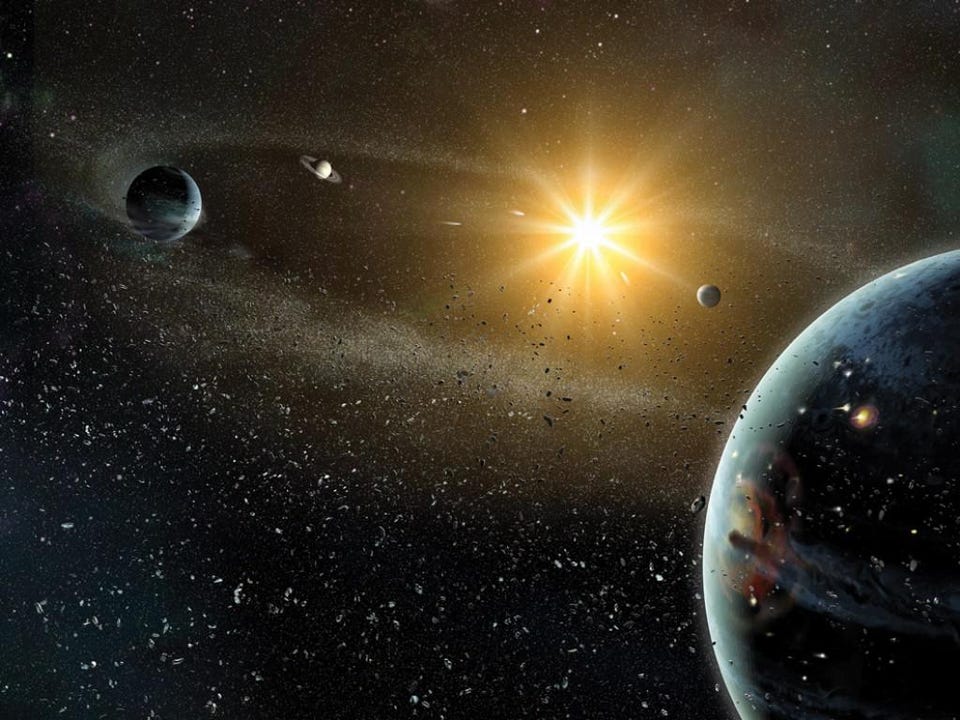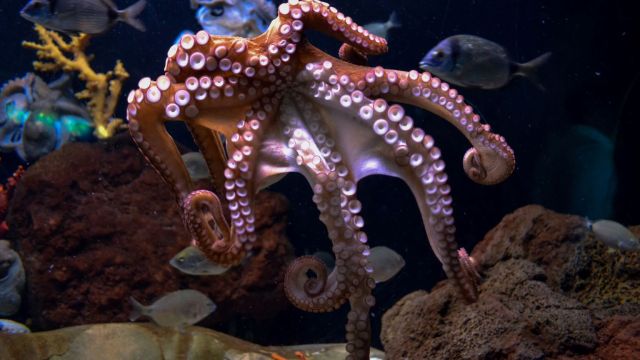Ask Ethan: Could a big enough telescope see aliens directly?
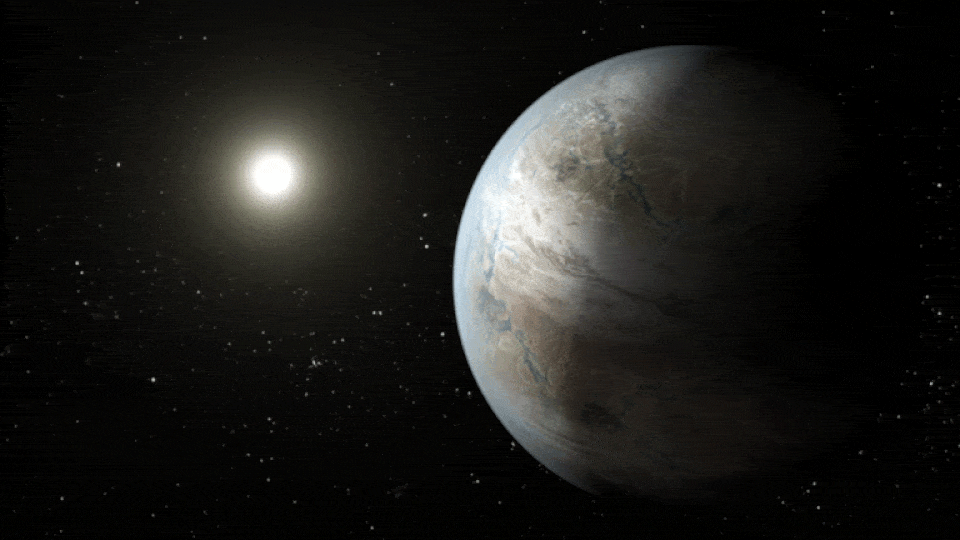
- From low-Earth orbit, the only reason we can’t see individual humans directly is because we don’t have a telescope large enough pointed at Earth.
- If we were willing to build a much larger telescope and pointed it at other planets, it stands to reason that we’d be able to see human-sized creatures there, too.
- Although we’re talking about enormous telescope sizes, this type of technology could someday lead to direct images of alien life. Here’s how.
There are, at present, three main avenues (and one fringe avenue) by which scientists are searching for life beyond Earth. The first is within our Solar System: by sending orbiters, landers, rovers, and fly-by spacecraft to other worlds that could harbor life. The second is by examining the exoplanets we’ve discovered from afar, hoping to find biosignatures or at least bio-hints. And the third is by searching for technosignatures: unnatural signals that offer evidence that they were created by an intelligent being. On the fringes, some even search for evidence that aliens are already here on Earth, although its scientific merits are largely disputed.
But what if we had strong suspicions that there actually were not only aliens, but human-sized aliens walking around on the surfaces of other worlds? Would it be possible to image them directly? That’s what Shawn Harvey wants to know, asking:
“If we built a telescope large enough could we see if there are people walking around on other planets?”
There are, no doubt, some barriers and strong caveats to this question, but the short answer is that yes, it’s possible. Here’s what we’d have to do to make it happen.
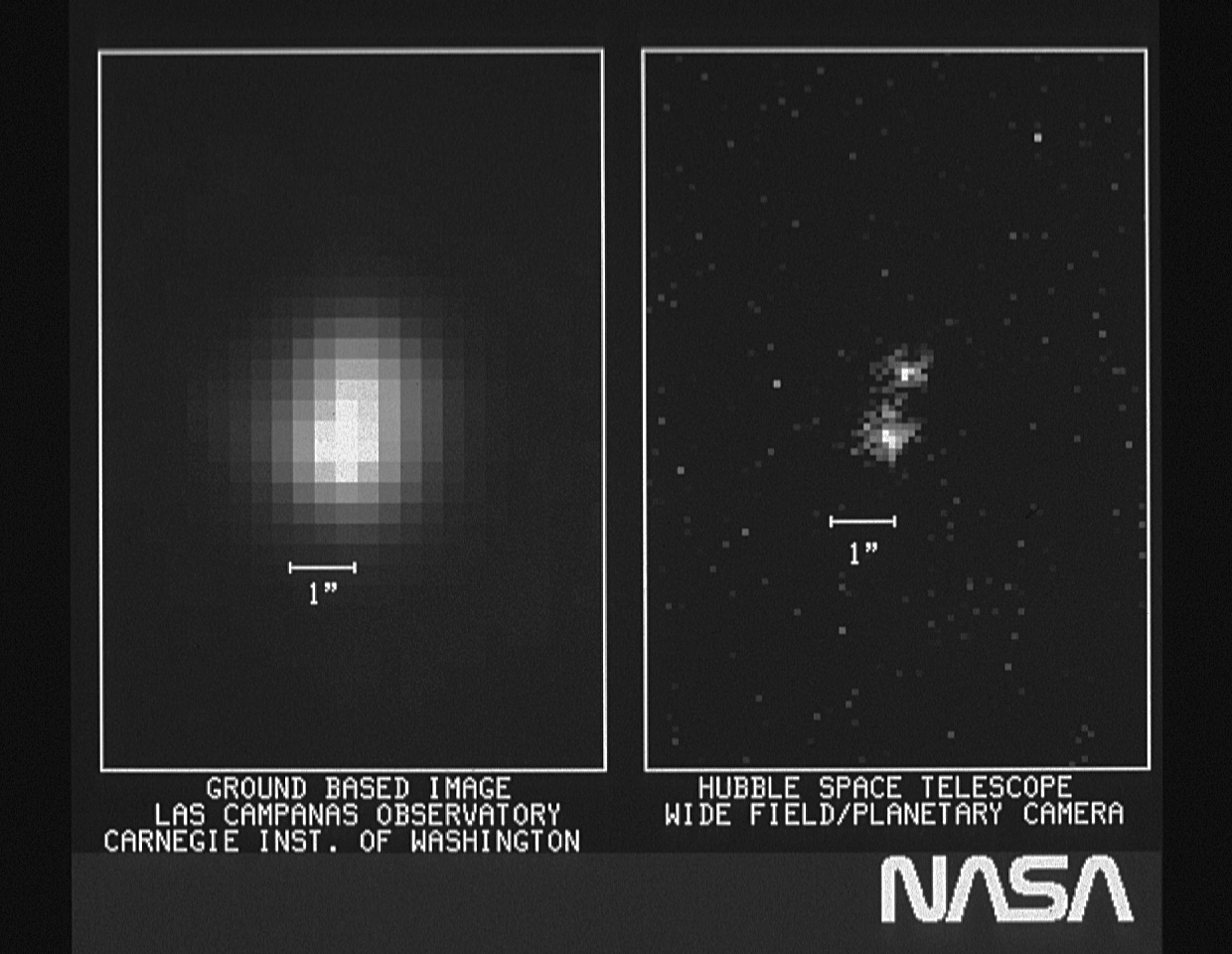
One of the most important, but still one of the most basic, properties of any optical system is resolution. If you want to see something that’s on the order of a meter in size, your telescope had better be able to resolve objects that are a meter or smaller. Only, with a telescope, you don’t image things of a particular physical size; you image objects that take up a certain angular size on the sky. That type of angular resolution means that you’re sensitive to objects that are a specific physical size if they are located at a certain distance from us and closer, but not farther away than that.
You might have heard that the resolution of a telescope is determined by its size, and that’s partly correct. A telescope’s resolution depends not only on the diameter of the primary mirror, but also on the wavelength of light that’s being observed. A better rule-of-thumb is that a telescope’s resolution comes about by the number of wavelengths of light that can fit across the diameter of its primary mirror. The James Webb Space Telescope, for example, has a 6.5 meter diameter, and can view light as short as ~550 nanometers, but as long as ~28,000 nanometers. The difference in its maximum possible resolution between those two wavelengths ranges from 0.03 arc-seconds at short wavelengths to 1.4 arc-seconds at long ones.
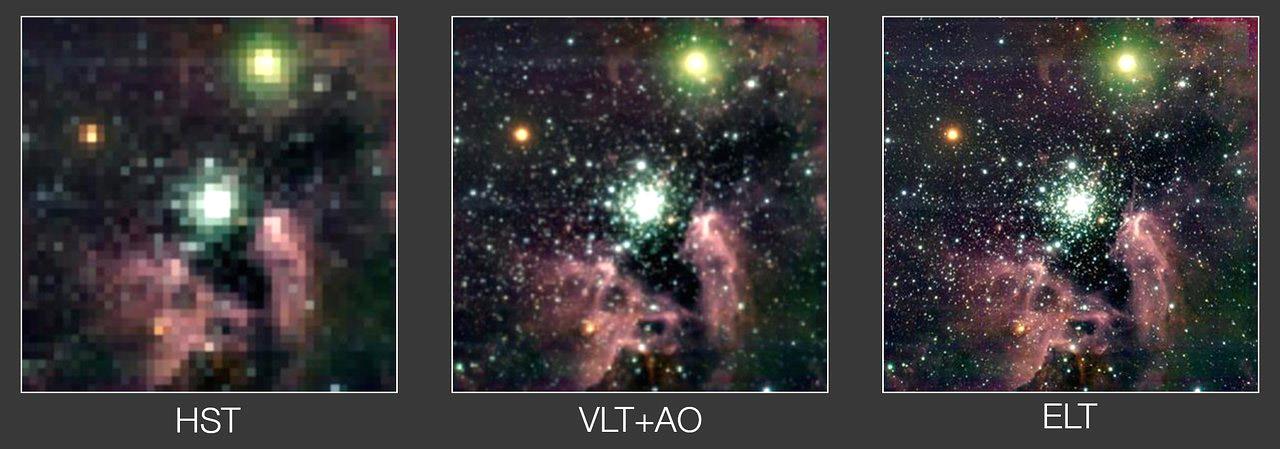
For a starting point, let’s take the most powerful telescope in low Earth orbit — the Hubble Space Telescope — and let’s try to answer the question, “Could Hubble see a human, on Earth, from its position in space?”
Quick, take a guess for yourself: yes or no?
Now, let’s find out. Hubble has a primary mirror that’s 2.4 meters in diameter, and sits at a perch that’s approximately 340 miles (or 547 km) above the surface of the Earth. At a distance of 547 km, assuming a human looks to be about 1 meter in size (it’s actually a little less from a bird’s-eye view if you’re standing, but a little bit more if you’re laying down, so we’ll split the difference), which translates to an angular size of 0.000105°, or about 0.37 arc-seconds. Hubble can just about achieve these resolutions in the optical part of the spectrum, so the answer is “yes” if we look in blue, violet or ultraviolet light, but “not quite” if we look in the red or infrared portions.
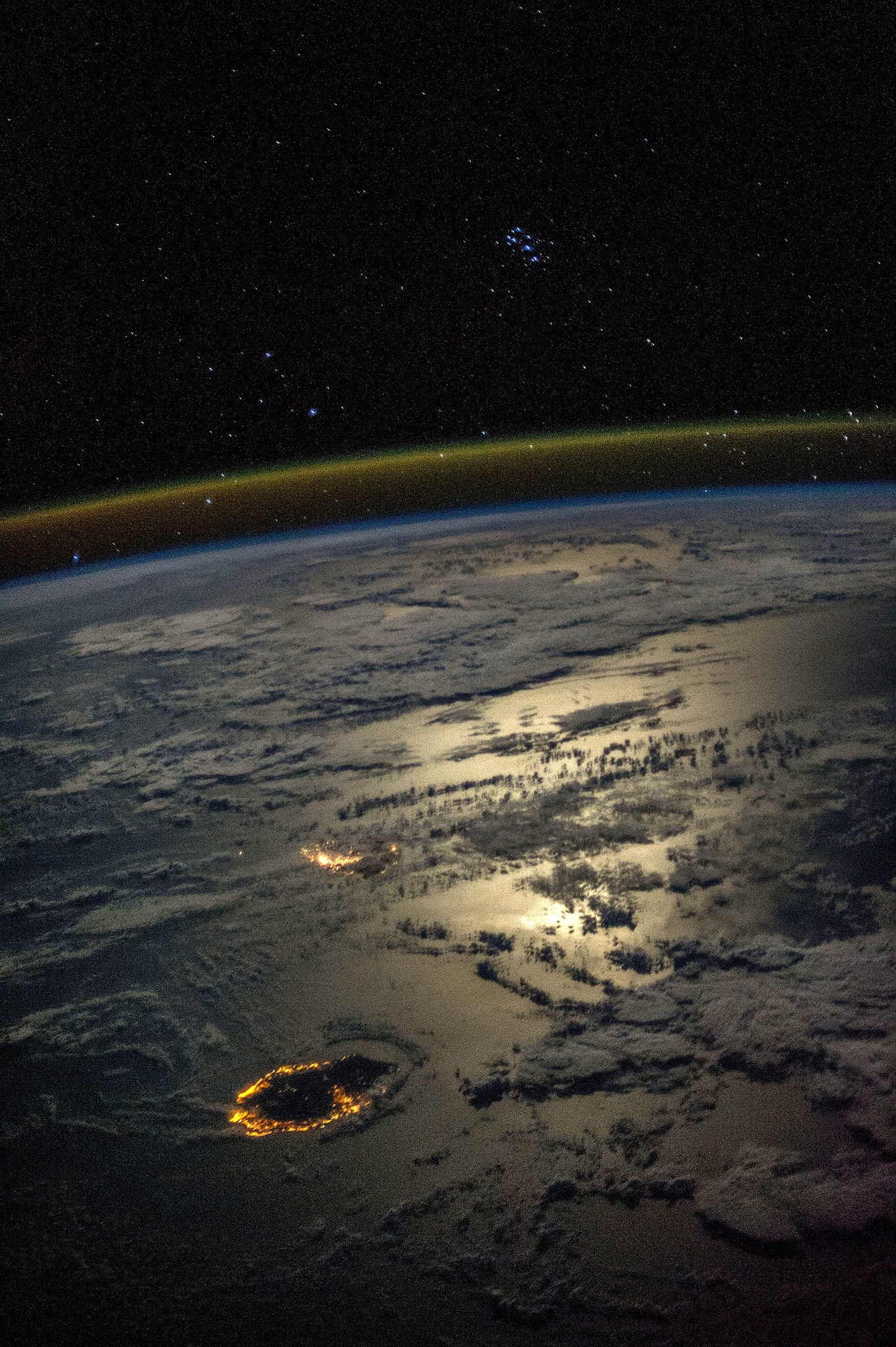
Visible light is an excellent way to look for humans, particularly if you’re examining a planet whose atmosphere, like Earth’s, is largely transparent to visible light. Shorter wavelengths have the advantage of getting to higher resolutions, but planetary atmospheres are completely opaque to gamma-rays and X-rays. Ultraviolet light is mostly opaque as well, especially if you have a protective ozone layer, which an oxygen-rich atmosphere should spontaneously create. Even if we put the telescope up in space, we’ll likely want to search for humans using the same type of light that Earth’s atmosphere is transparent to.
What we’d like to do, then, is to resolve a human the same way we would if we were to point the Hubble Space Telescope (or a clone of it with the proper instrumentation) at Earth. To make that happen, all we need to do is know how far away we’d want to look, and that will inform just how large we need to build our telescope to make it happen. It’s even an easy calculation to do: If you want to see something ten times as distant as the limits of Hubble but at the same resolution, you simply need to build a primary mirror that’s ten times the diameter. With that in mind, let’s examine how large of a telescope we’d need to see a human at a series of different distances.
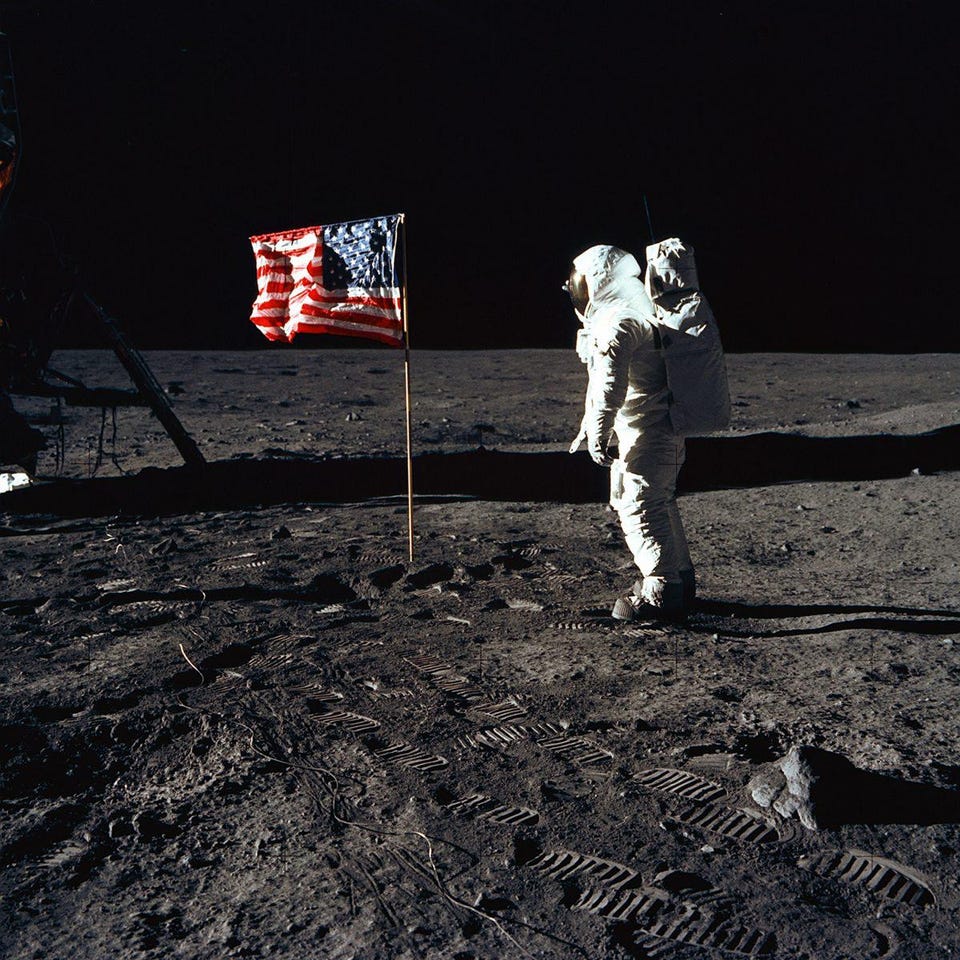
The Moon
Let’s start with our nearest neighbor: Earth’s natural satellite. As far as planetary distances go, the Moon is much, much closer than anything else in our Solar System; so close that we were able to land human beings on its surface more than 50 years ago. The Moon’s orbit around Earth follows an elliptical path, rather than a circular one, so it’s closer to Earth at certain times than others. At its closest, the Moon is 356,500 kilometers away, but at its most distant, it’s 406,700 kilometers away from us. From low-Earth orbit to the surface of the Moon, it’s a little bit less than a 380,000 kilometer journey, on average, for light to travel.
That means, if we wanted to achieve the same resolution Hubble would achieve by looking down at Earth, we’d need to build a telescope that was approximately 1,650 meters in diameter: just the slightest bit over one mile. A one-mile telescope would be an amazing achievement, but a remarkably expensive one. The largest telescope ever built by humanity is currently under construction in the southern hemisphere: the European Extremely Large Telescope, with a 39 meter diameter. That telescope’s primary mirror is composed of 798 hexagonal segments, where each segment is 1.4 meters across. For scale, a one-mile diameter telescope would require somewhere around 1.4 million such segments.
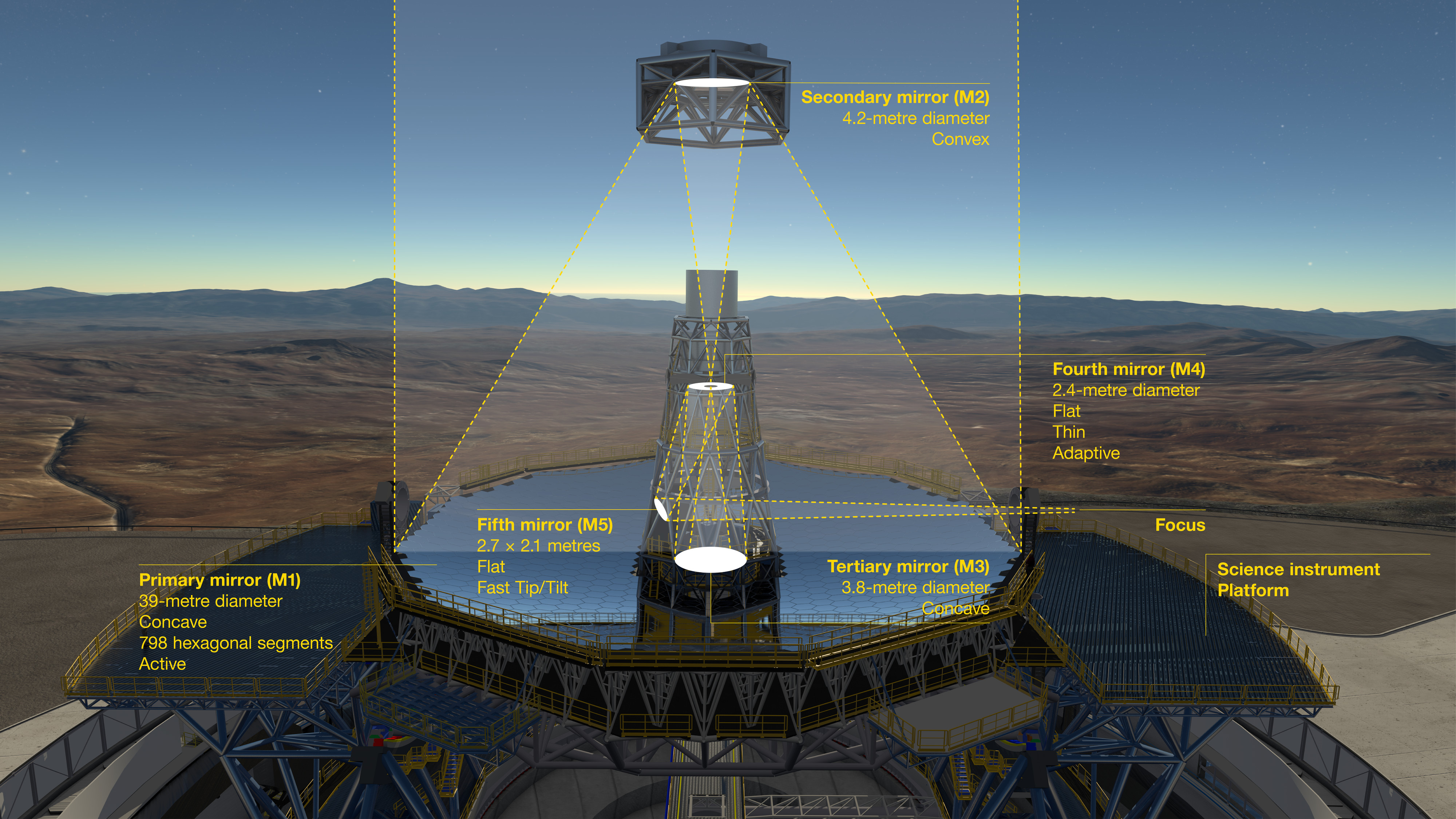
Venus and Mars
Let’s say, though, that we didn’t want to restrict ourselves to our nearest neighbor, and instead wanted to try and search for humans on the other planets that lie in our Sun’s so-called habitable zone: Venus and Mars. Even though these planets, on average, are over 100 million kilometers away, they each get much closer to Earth when one planet overtakes the other in orbit around the Sun. Venus, at its closest, can be as little as 38 million kilometers from Earth. Mars, meanwhile, gets as close as 62 million kilometers from Earth.
Seeing through the clouds on Venus is quite a challenge; we can just see down to the surface occasionally in visible light, and even that requires a fortuitous break in the clouds. Mars, meanwhile, is relatively easy to see through, as its clouds are generally wispy and its atmosphere is thin and largely transparent; as long as there isn’t a dust storm raging, the Martian surface is visible from afar.
At these distances, resolving a human on the surface requires a 100-mile (161-kilometer) diameter telescope for Venus, and a 163-mile (263-kilometer) diameter telescope for Mars. That’s roughly a New Jersey-sized telescope for the former and a West Virginia-sized telescope for the latter.
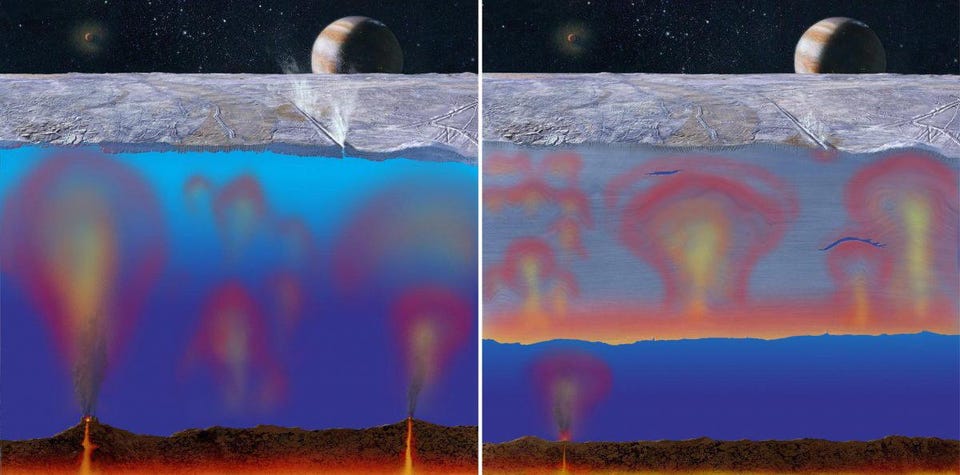
The moons of Jupiter
Perhaps someday, we’ll find that there’s life not on one of the rocky planets in our Solar System, but on one of the moons of a gas giant world. The closest gas giant in the Solar System is Jupiter, and of its major moons, Europa and sometimes Ganymede are typically thought to possess the most life-friendly traits. The difference between the distance to Jupiter and the distance to one of its moons is negligible when compared to the distance from Earth; at its closest, Jupiter is “only” about 365 million miles (588 million kilometers) away from us.
That translates into a needed telescope diameter of 1550 miles (2500 kilometers), or approximately the size of the state of Alaska in the United States. At this point, we’re looking at hard-to-fathom telescopes in terms of size, as a telescope this large would take up about three-quarters of the diameter of the Moon. That’s unfortunately how it goes, though. To be able to image something the size of a human being from hundreds of millions of miles (or kilometers) away, you need a telescope the size of a planetary body. And at greater distances, things only get worse.
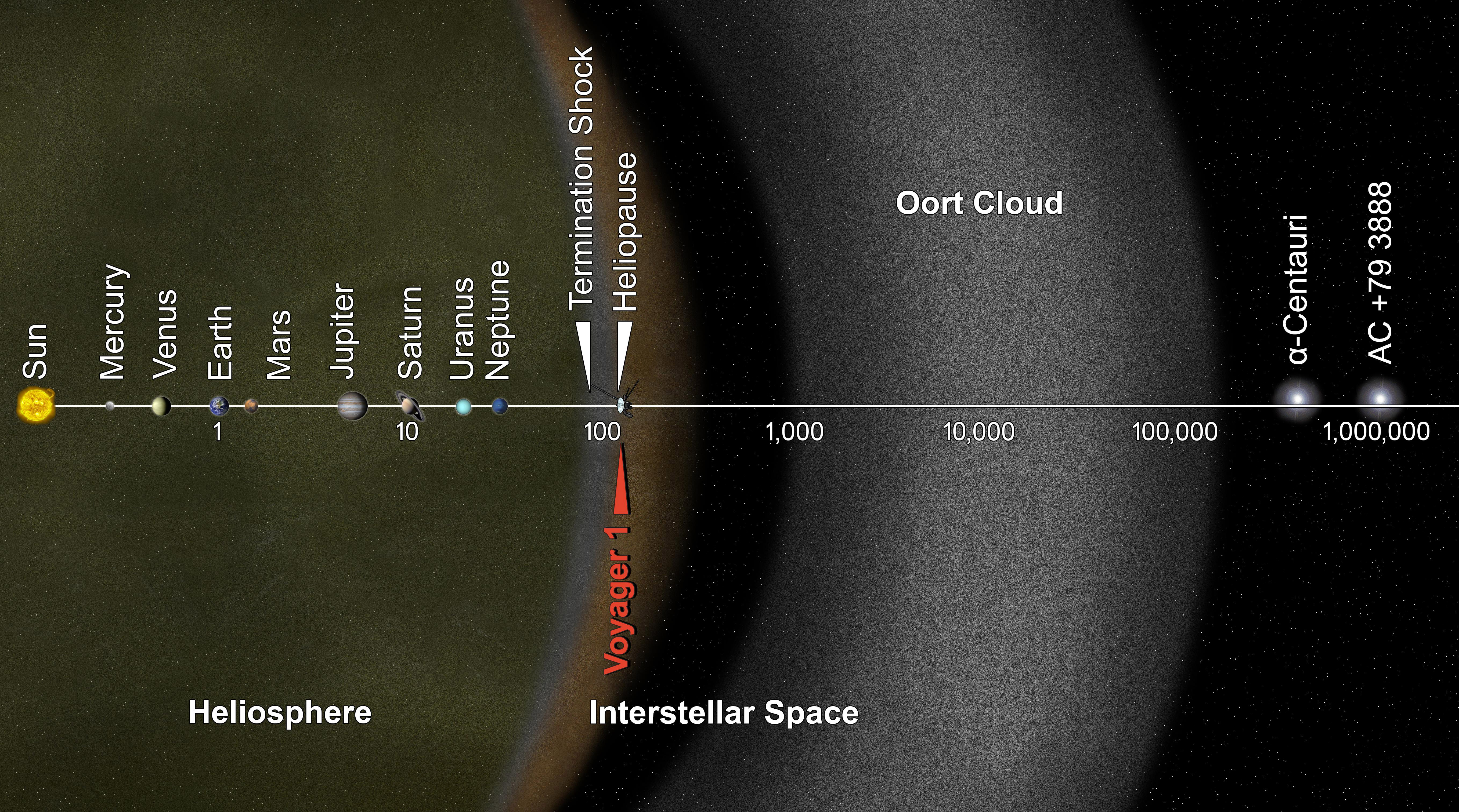
Saturn, Uranus, Neptune and beyond
We might as well finish out the Solar System. Saturn is roughly double the distance that Jupiter is, coming within 746 million miles (1.2 billion km) of Earth at its closest. That requires a telescope that’s 3100 miles (5000 kilometers) in diameter: roughly the size of Saturn’s enormous moon, Titan, the second-largest in the Solar System (behind only Jupiter’s Ganymede).
Uranus is slightly more than double the Saturnian distance from Earth, never coming closer to us than 1.6 billion miles (2.57 billion km). At that distance, it would require a telescope that was about 6600 miles (10,800 kilometers) in diameter, or about 85% the size of the Earth.
And Neptune comes no closer to Earth than 2.67 billion miles (4.298 billion km), requiring a telescope of 11,000 miles (17,800 km) in diameter, or about 150% the size of Earth.
To image objects in the Kuiper belt, we’d typically have to build a telescope between two and three times the diameter of Earth.
To image objects in the Oort cloud, which itself is hundreds of times farther away than the Kuiper belt, you’d need a telescope roughly the size of the Sun.
And still, this hasn’t even taken us to planets that orbit other stars.
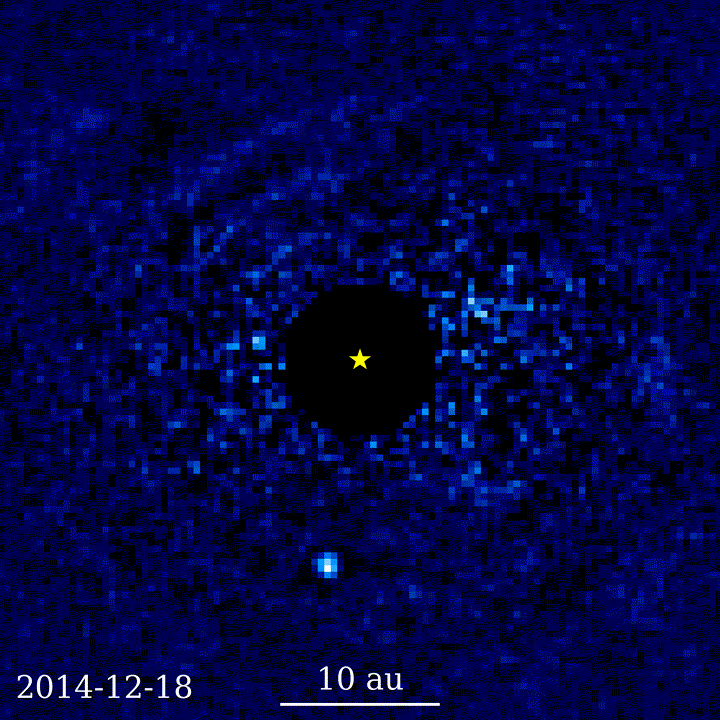
Exoplanet imaging
Unless we decide to send humans to another world in our Solar System, we’re unlikely to find any naturally occurring humans on any of these worlds. But there might be human-sized creatures on planets beyond our Solar System: amidst the exoplanets out there.
The closest stars to Earth are between 4-and-10 light-years away, and it’s plausible that some of them have planets that may not only be inhabited, but inhabited by large lifeforms that are human-sized or larger.
How big would our telescope need to be to see ~1 meter-sized objects on a world that was multiple light-years away?
For the closest planets, around the Alpha/Proxima Centauri systems, we’d need a telescope that was about the size of Earth’s orbit around the Sun. To resolve a ~1 meter object on any planets around, say, Tau Ceti, the closest Sun-like star without a binary companion, you’d need a telescope that was the size of the orbit of the asteroid belt. And to observe planets in the TRAPPIST-1 system, you’d need a telescope that was the same diameter as Saturn’s orbit. If these sizes sound prohibitively large, well, there’s a reason why no one is talking about directly imaging life on other planets.
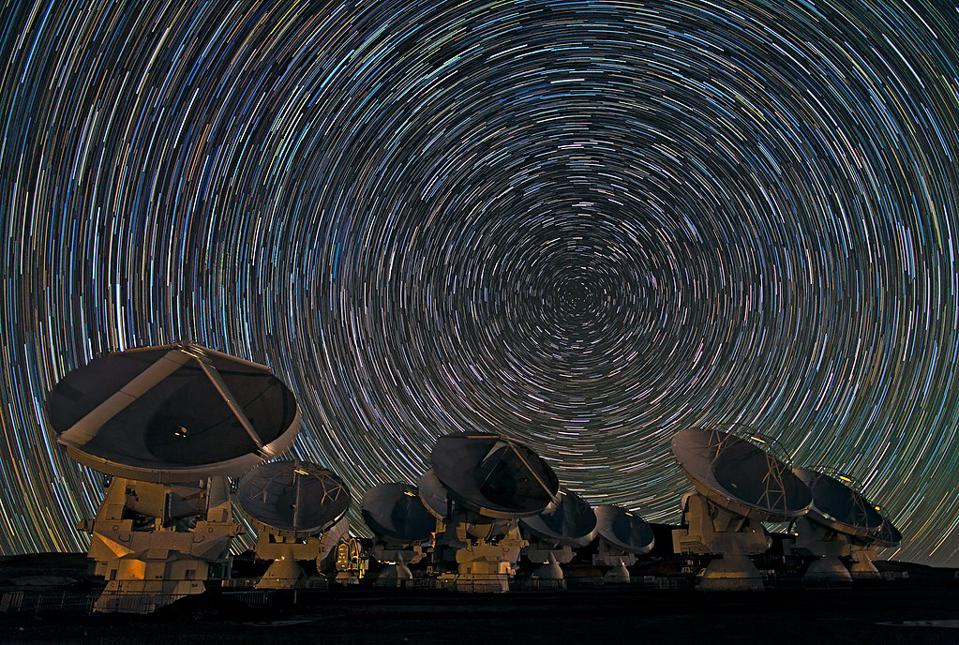
But there is a chance, albeit a slim one, that we might be able to implement a technological workaround. You see, when you build a telescope that’s extremely large, it does two things that are vitally important.
- It collects light and has a light-gathering power that’s proportional to its surface area.
- It resolves objects and allows them to be distinguished from one another, with a resolution that’s proportional to the number of wavelengths of light that fit across its primary mirror.
If the object we’re trying to image is bright enough, however, we might not need all of that light-gathering power; we could simply do the necessary job, if only we had the proper resolution.
There’s a trick that we’ve leveraged in very long wavelengths of light that could, in principle, work for optical wavelengths as well: very-long-baseline interferometry. If we could build a network of small optical telescopes distributed throughout the Solar System, we’d only get the light-gathering power of the sum of the areas of all of the individual telescopes, but we’d get the resolution of the separation between the telescopes! It’s an incredible challenge, but if we can rise to it, we just might be able to image a greater level of detail than optical astronomers have ever thought possible. Even though it’s a long shot, it might be our best technological hope of seeing what alien life actually looks like.
Send in your Ask Ethan questions to startswithabang at gmail dot com!

